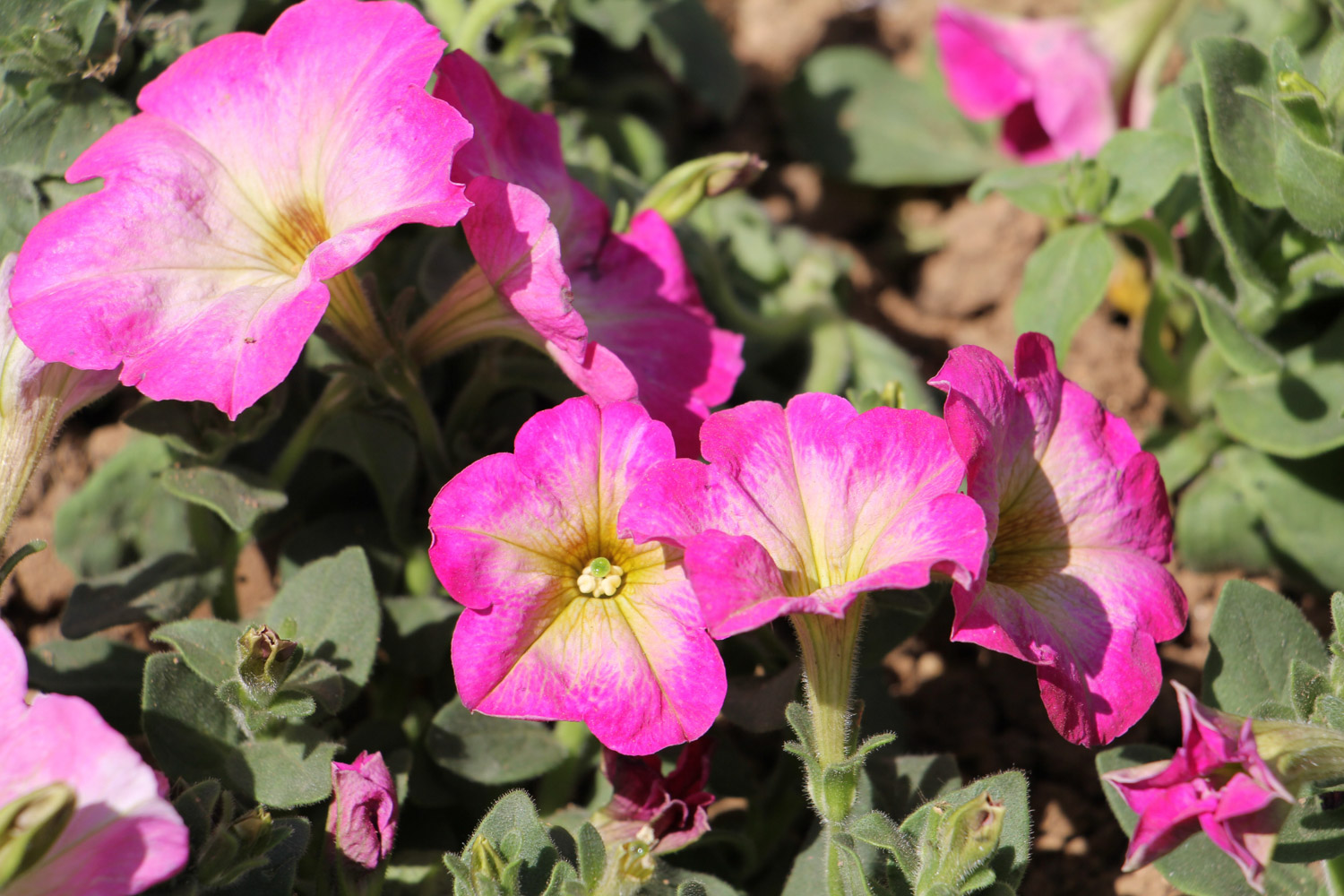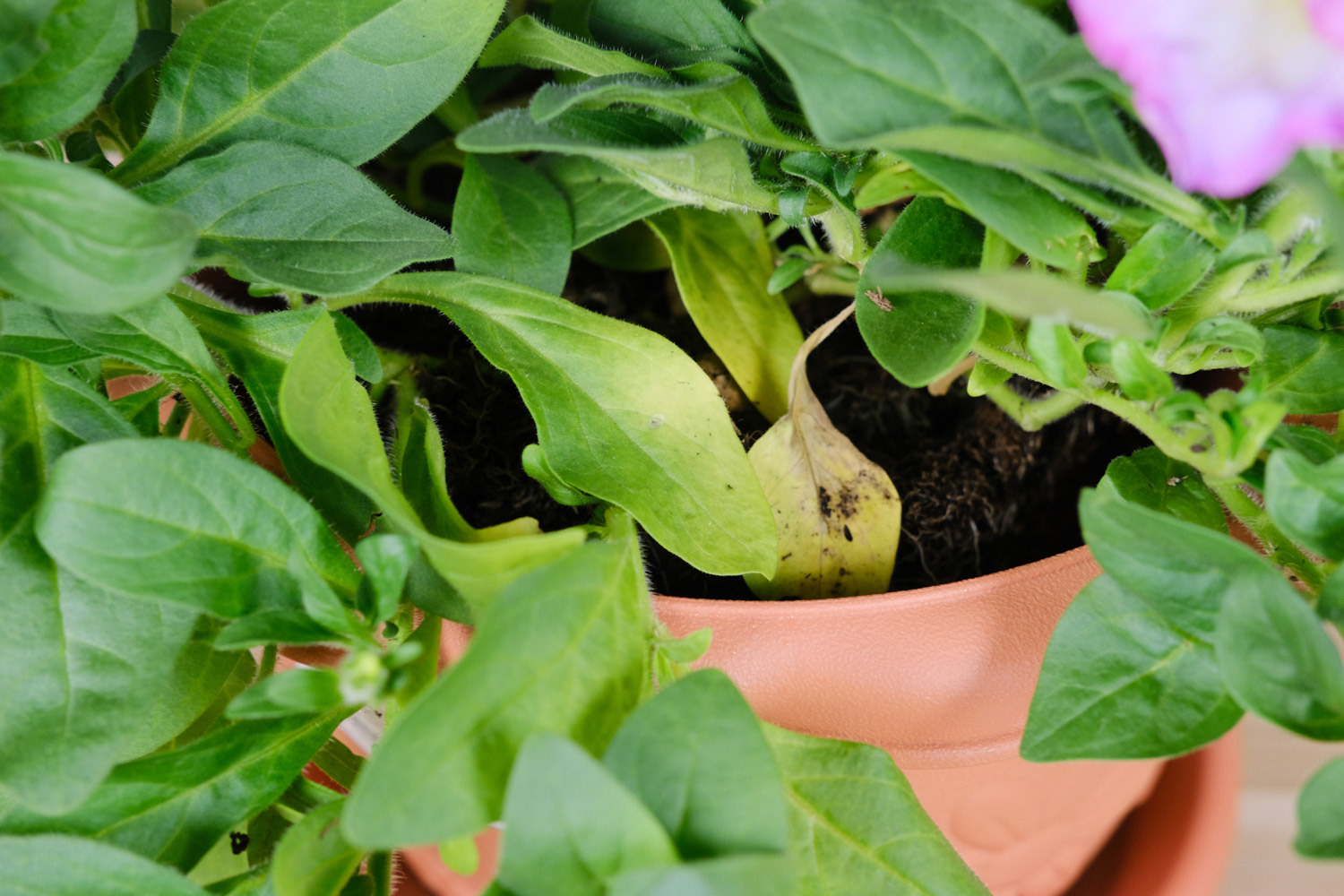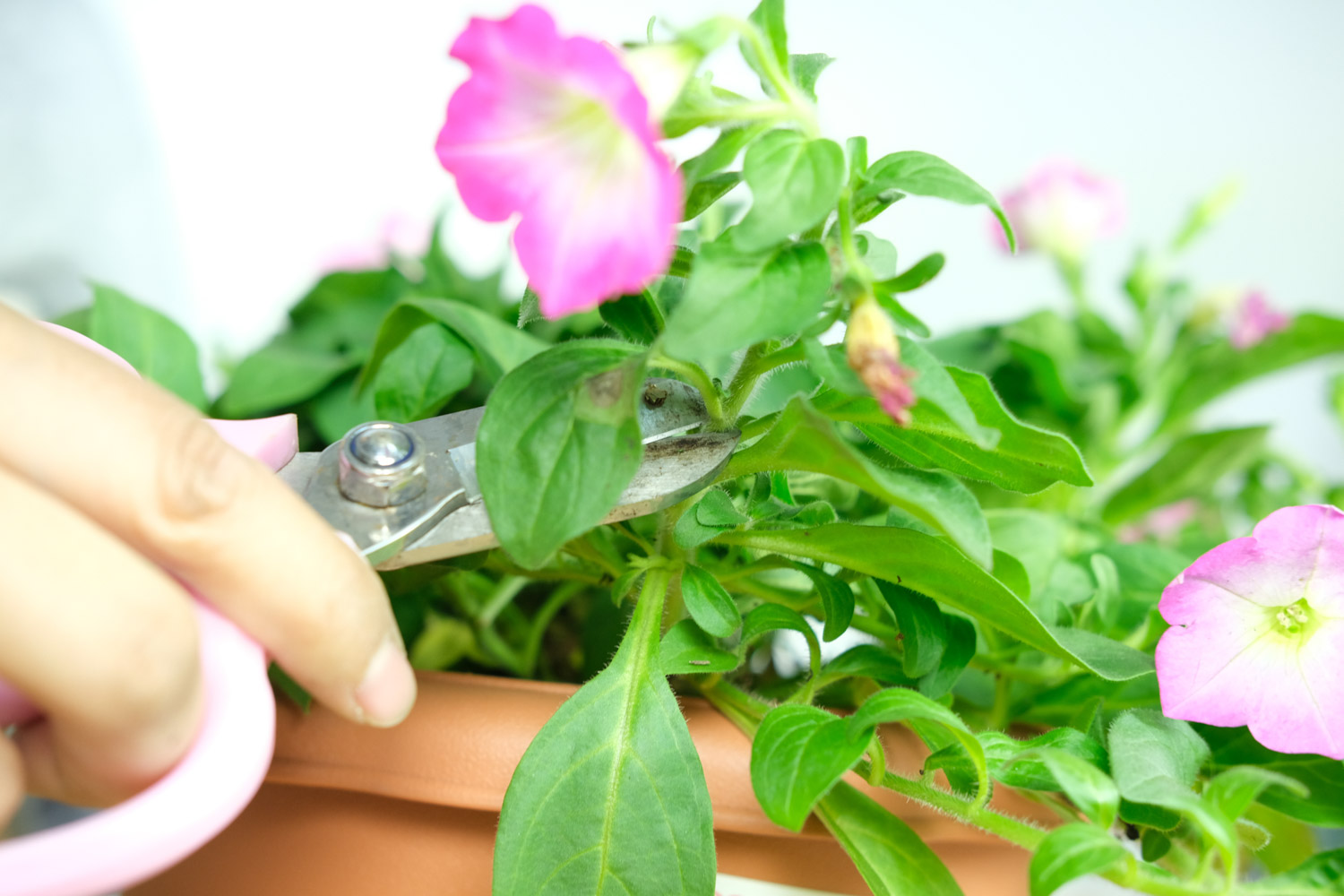1、 Breeding environment
1. Soil: raising Petunia can use loose, slightly acid sandy soil with good drainage, and add some perlite or vermiculite appropriately to increase the permeability of the soil
2. Watering: it needs enough water to ensure that there is enough water in the bottom basin. In winter, it is recommended to ensure sufficient water at noon on a sunny day and do not water too much
3. Light: it needs light for its growth. It should be placed on the south facing table with sufficient light. When the water is sufficient, it should ensure full day light and avoid direct exposure to the sun
4. Temperature: it has a certain ability to resist low temperature and can grow at a low temperature of 5 ℃, but the sun must be sufficient
5. Fertilization: its growth needs sufficient fertilizer. It should be fertilized regularly, with a cycle of 10-12 days. Slow release fertilizer can be used

2、 Breeding method
seeding and seedling raising: it can be nurtured throughout the year, in a disposable paper cup (a few holes in the bottom) or a small flower pot to put up the nursery soil, sprinkle water, spray the seeds moist, do not cover the seeds with soil, affect its germination, keep the temperature at 22~24 C, ensure seedlings grow in a well ventilated and sunny environment. p>

3、 Pest control
Common diseases and insect pests of white mildew and Petunia are:
1. White mold: in the early stage of its onset, the diseased leaves should be removed and sprayed with 75% chlorothalonil 600 ~ 800 times
2. Leaf spot: be sure to remove the diseased leaves and burn them, and prevent them from being damaged by strong wind, sunlight and low temperature. You can spray 1000 times of 50% ammonium metasen
3. Virus disease: in the early stage, insecticide should be sprayed and 40% Omethoate 1000 times solution should be sprayed. In the process of planting, if you have come into contact with the diseased plant, you should pay attention to disinfection


 how many times do yo...
how many times do yo... how many planted tre...
how many planted tre... how many pine trees ...
how many pine trees ... how many pecan trees...
how many pecan trees... how many plants comp...
how many plants comp... how many plants can ...
how many plants can ... how many plants and ...
how many plants and ... how many pepper plan...
how many pepper plan...



























